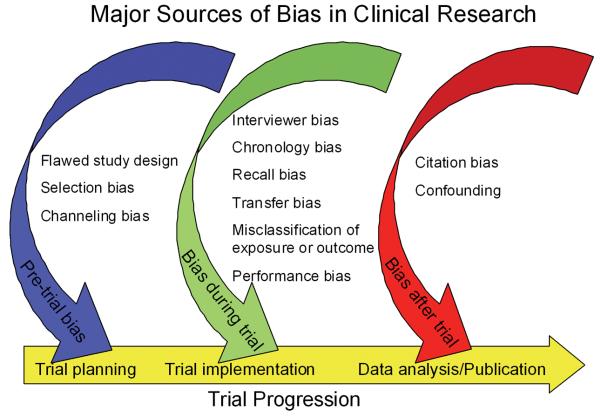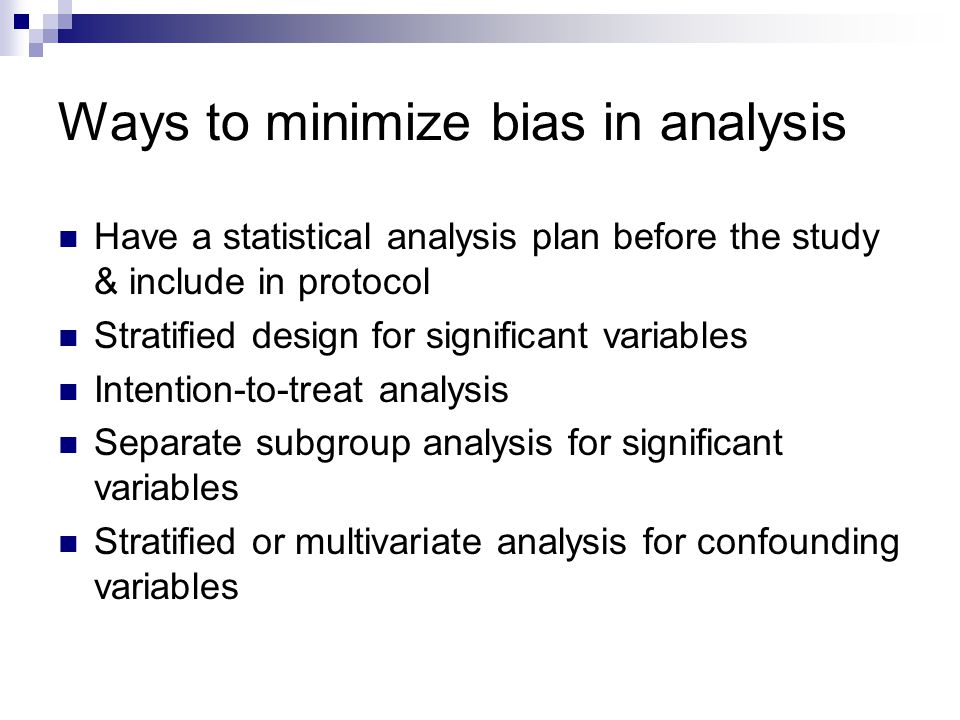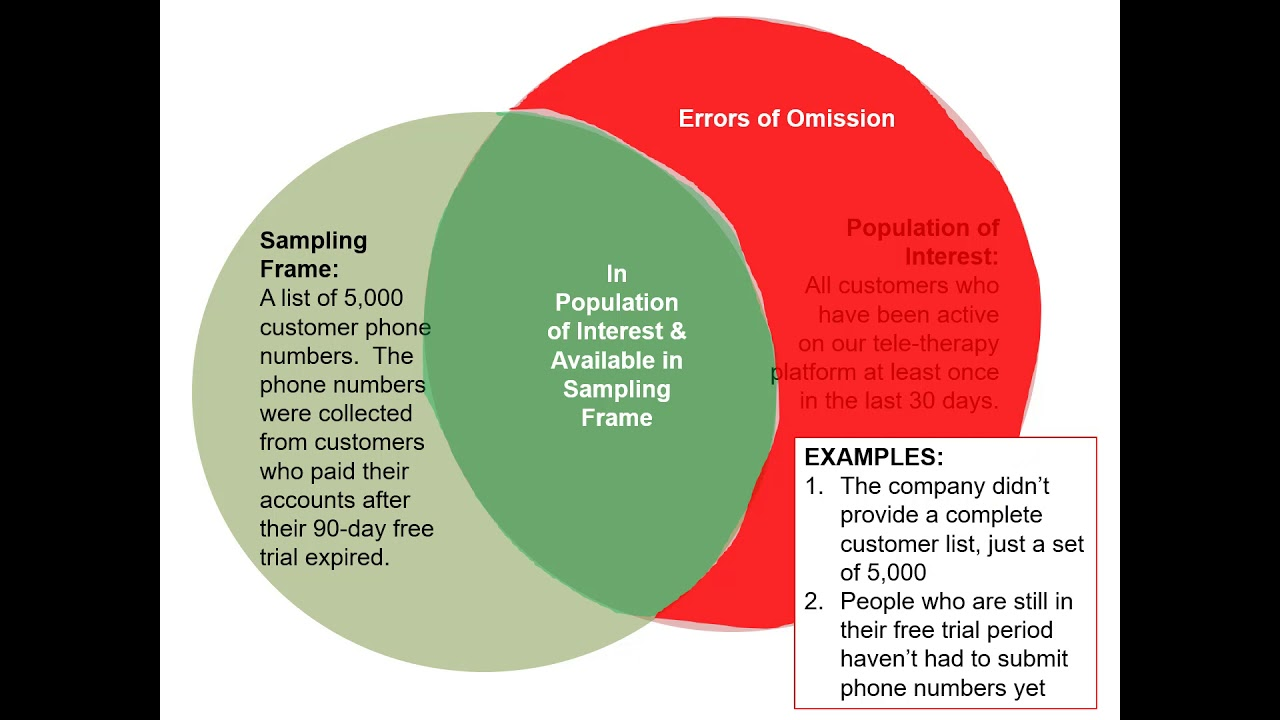Out Of This World Info About How To Reduce Bias In Research

Bias in research can occur either intentionally or unintentionally.
How to reduce bias in research. Bias causes false conclusions and is potentially misleading. Talk to people and tell them. Instead, it’s important to recognize difference and work to decrease.
This means that you need to treat any information that. Try to ensure that your questions are not steering particular responses, or. Therefore, it is immoral and unethical to conduct.
Like other types of research bias, the hawthorne effect often occurs in observational and experimental study designs in fields like medicine, organizational. As researchers, it’s essential that we pretest our studies to help us identify bias before we launch. Researchers can minimize this bias by focusing on unconditional positive regard.
If more than one person is involved in. It is necessary to take a sober approach to the research process. Bias in research can occur either intentionally or unintentionally.
One prominent method is the use of “blind studies,”. One of the most effective methods that can be used by researchers to avoid sampling bias is simple random sampling, in which samples are. The random selection of the sample is also a good way to avoid bias in research.
Outcomes of academic research are often determined by interviews’ results. Randomization ensures that every element in the population has an equal and fair chances of. The study, enhance the transparency of possible research bias.



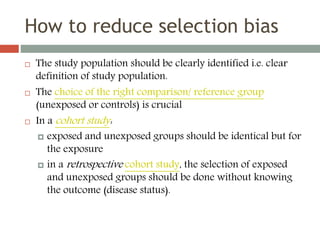

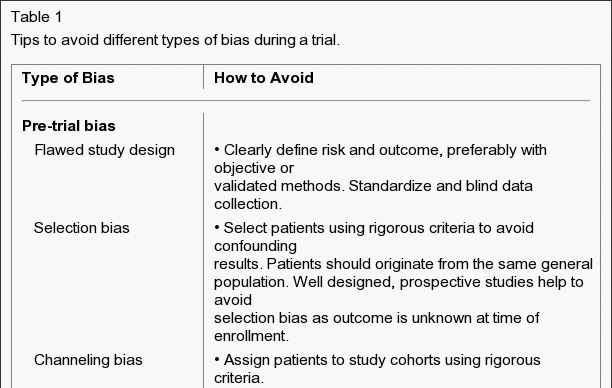
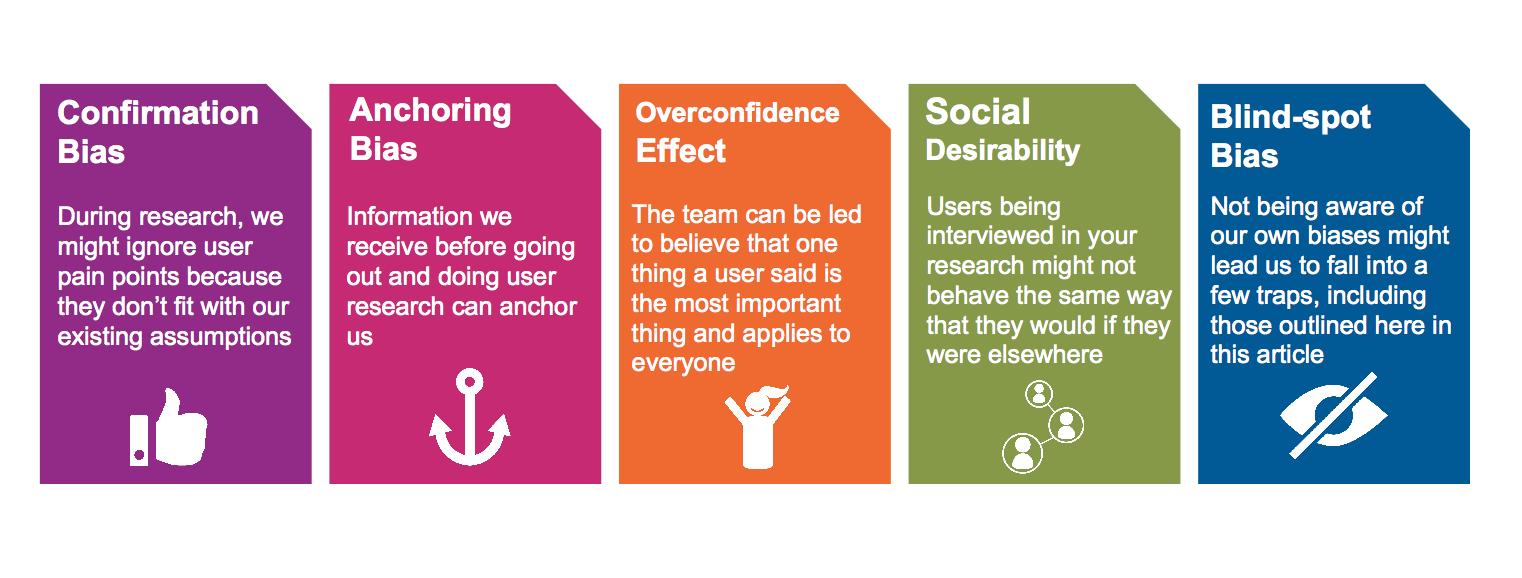
![Pdf] Choosing A Method To Reduce Selection Bias: A Tool For Researchers | Semantic Scholar](https://d3i71xaburhd42.cloudfront.net/dedc420d1916a81e5ed77280b8a6237af756a6b8/2-Table1-1.png)
